Defining Graphic Design

Rach Brind-Surch
4th September 2019
What is graphic design?
Definition of Graphic Design: visual communication of an idea or concept
For most people, the first image that comes to mind when asked about graphic design, is one of logo designs or print layouts. Whilst Photoshop-ing images and constructing magazine adverts can be graphic design, they are just parts of a much larger field. Graphic design can be split into a number of different types, each with their own unique specialisations and skill sets. Though there is some overlap and designers will have dabbled in a number of these, they each are distinct areas of expertise in their own right and as such deserve attention.
In this article we are going to give a short overview of each area. Can any of them help your business? Do any of them present new opportunities for you to represent your business or communicate your message more effectively?

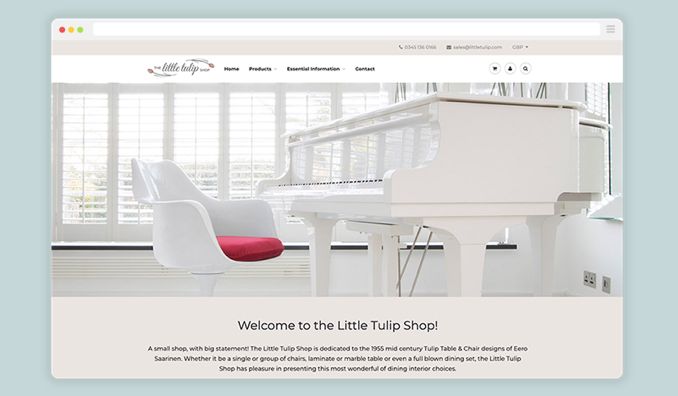
1. Visual identity
Visual identity graphic design is all about how a brand identity of an organisation or business is represented visually. It concerns itself with effectively communicating the clients, personality, tone and image. Designers that specialise in visual identity emphasise partnering with a client, seeking greater understanding of what makes them unique and helping them to build, refine or consolidate on their external and internal identity.
Practically this means that they will create brand assets such as logos, typography, colour palettes, often as part of a wider style guide.
Given the wide-reaching scope of ‘branding’ visual identity graphic designers will have good general design knowledge of the following areas in order to find the solution that best fits the visual identity of their client.
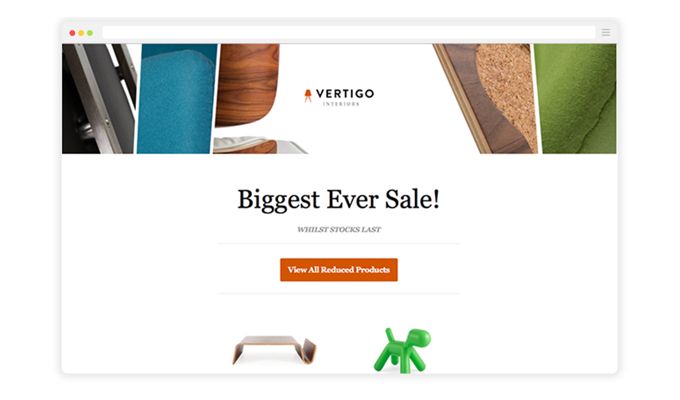
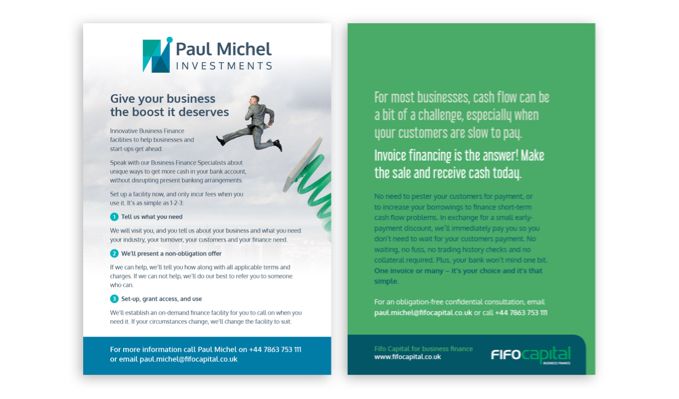
2. Marketing & advertising
Marketing and advertising graphic design is arguably the type of work most individuals envision when they think of graphic design.
This area covers the creation of assets to aid marketing strategies. Visual elements help effectively promote key messages from businesses and marketing professionals.
Traditionally this would generally cover standard print assets such as flyers, posters and magazine ads, as well as larger display assets such as vehicle wraps and trade show signage.
The rise of social media and the proliferation of online contexts has also expanded the role of marketing and advertising graphic design into digital assets such as email marketing, web banners and graphics.
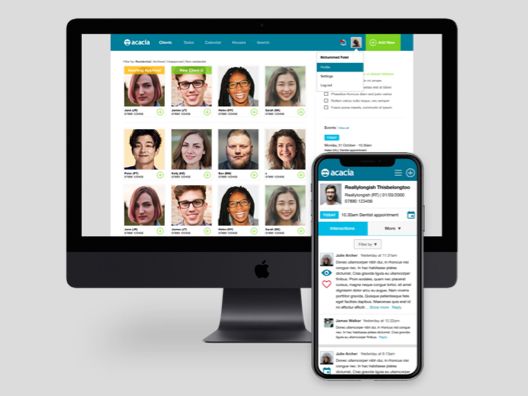
3. User interface
In a world where the screen is holding more and more of the consumer’s attention, User Interface (UI) design has become increasingly prominent. UI design involves designing interfaces in order to create a user-friendly, clear and intuitive experience for customers.
Specifically it focuses on the visual experience, and making the technically functional easy to use/operate. UI links in to UX and development engineers as part of a wider team responsible for creating product or system.
UI designers typically work on creating websites (ranging from simple marketing sites to complex web platforms) as well as systems that have some kind of user interface (eg software or apps).
This area is fast evolving and changing all the time.

4. Publication
Another traditional area of graphic design, publication graphic design deals with long-form pieces such as magazines, books and annual reports. These designs can then be distributed to the public.
Traditionally this would have focused purely on print publishing, however digital publishing, particularly in terms of annual reports and catalogues, is becoming more and more prominent.
This area requires an excellent working knowledge of designing for print as well as the ability to carefully select and organise information into beautiful clear typography.
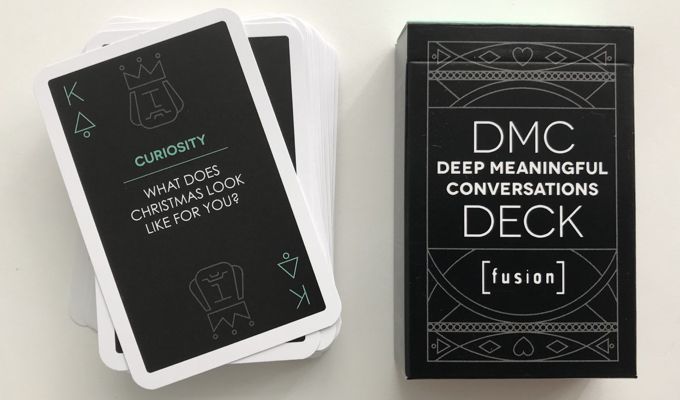
5. Packaging
Packaging graphic design is more self-explanatory than some of the other areas, referring to the design of containers for a whole range of products across multiple industries. It presents the opportunity to create not only something practical, which will protect, collate or store a product effectively, but also serve as an opportunity for further marketing. It is intrinsically linked to visual identity graphic design and serves for product focused businesses as an extension of a company's brand.
The packaging graphic design discipline can be split by types of packaging, for example labels and beverage containers, or by industry such as children’s products, or food and drink industry.
6. Motion graphic design
As the name suggests motion graphic design relates to moving images and text. This includes different types of animation, video and interactive elements. As a medium, motion and video content is effective in engaging audiences across industries and sectors and as such there is an increasing demand for motion graphic design.
Advances in technology have led the way to more affordable motion graphics output, making it increasingly accessible to designers outside of traditional film and television sectors, who are utilising this medium across the digital spectrum.
On a basic level, something as simple as an animated GIF creates greater visual interest than a static image and increases the potential engagement a business or organisation can have with its audience. A significant amount of information can be delivered in a short space of time using motion graphics. When compared with more limited and traditional static print ad campaigns motion graphics and video can be much more effective. If a picture paints a thousand words, a video even more so.
7. Environmental
Environmental design deals with creating a physical space which visually reflects the desired message of a company and hopes to evoke a specific response from the people it connects with.
This can involve something as simple as visible, effective wayfinding and signage or beautiful interiors utilising aesthetically stunning visual effects. Often a feature of retail spaces, it can allow bricks and mortar based companies to compete with online platforms, where product availability is secondary to a customer's physical experience.
A relatively new feature of environmental graphic design can be moving digital displays interacting with users, creating engaging displays and experiences.
8. Graphic Art and illustration
Art and illustration for graphic design is another area that can be mistaken for graphic design. Whilst graphic design focuses on communication as a means of problem solving, graphic art and illustration concerns itself with the creation of original artwork. It is slightly unusual in that it may well feature in all other areas of graphic design listed here.
Illustrative artwork can be created in a myriad of ways for a variety of purposes, including for application to garments and products, be that in the form of a single graphic or as a pattern. It can be created from a variety of media for a variety of platforms including static print design or for digital motion graphics.
How can graphic design help you?
Being able to understand the field of graphic design and the variety of disciplines and skill sets within it, can help you as a business to consider what is the best and most helpful avenue for you when looking to visually communicate. You may not have previously realised how expansive the field was and the options available to you, or you may have been unsure as to what kind of service might be most effective for your situation.
We would love to discuss your forthcoming project or chat through your situation to see how the different spheres of graphic design mentioned here might help you grow your business and engage your market.

Like what you see and ready to start?
Let's talk!
The easiest way is to select an open space in our calendar for a discovery call at your earliest convenience.
Book a callWe work with clients of various sizes and across a wide range of sectors. We provide the following services:
Digital Marketing
Digital marketing solutions driven by results, designed to enhance your online presence and engagement, fuelling business growth.
PPC SEO Email Marketing Marketing for Charities Social Media
Websites
Efficient web-based systems, leveraging database-driven digital products to streamline operations and enhance user engagement.
Marketing Ecommerce Websites for Charities Bespoke Web Applications